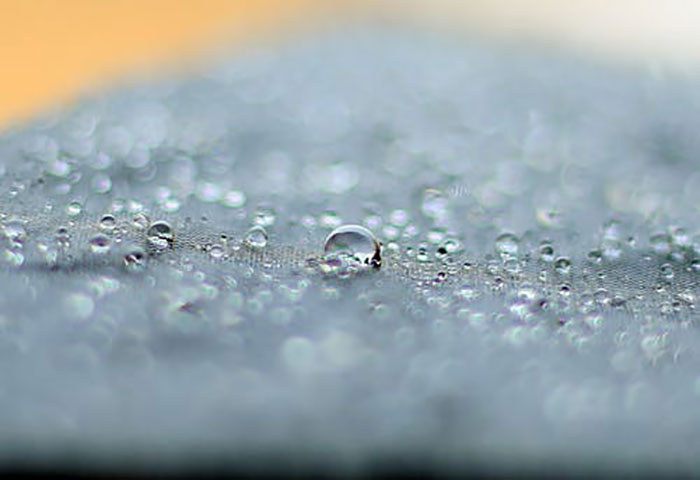What is the Right Level of Moisture in Air?

As with most things in this world, an excess of something is as bad as it’s a shortage. Too much rain causes floods. Too less causes droughts. The same is true for moisture levels in the air. In this article, we look at the drawbacks of low and high levels of moisture, concluding with what level is considered ideal.
Let’s look into more details of what happens when there is little or no moisture. One of the first things that get affected by unusually dry air is our skin. The skin needs moisture to stay healthy. In absence of the needed moisture, the skin gets prone to wrinkles and chronic inflammation. This is precisely why dermatologists and beauticians recommend skin moisturizers.
Another factor moisture effect is the ability of the skin to protect from external harmful agents entering the body. The skin is an important organ of the human body which serves as a protective layer for the rest of the body. Dryness directly affects the ability of the skin to perform its protective function. Flaky or red skin, as a result of dryness, is already an indication of some harmful agents damaging the skin and potentially being able to pass through the skin’s outer layer.
Other problems with dry skin include general discomfort, which can be in the shape of irritation and itching. Such symptoms can distract from any work or leisure activities during the day as well as make it difficult to rest and sleep peacefully. The itching in some cases leads to more rashes and skin lesions, aggravating the symptoms even more. Some bacteria and viruses also find humidity levels below 30% to be a favorable environment and thrive in such dryness.
In contrast to the above, let’s look at what happens when there is too much moisture in the air. The first effect of high humidity is evident in our body’s inability to cool itself efficiently. This happens because a higher level of humidity in the air makes it difficult for our sweat to evaporate. The sweat that does not evaporate makes us feel hotter and sweat even more – a vicious cycle that results in a rather uncomfortable sticky feeling.
The second biggest problem evident in environments with high humidity levels is the increase in the growth of harmful microorganisms. These can be in the form of bacteria, viruses,
mold, and mildew. All these organisms affect our health and well being. People with breathing problems are affected directly. Asthma cases become more prevalent and severe in humid environments. These microorganisms also affect our properties, including houses and furniture. Walls with peeling paint and wet stains are a common issue in damp houses. Wet wood can also start to creak and bend. Repairing or fixing such issues is often not a straightforward task and can be fairly costly.
So if too little moisture causes problems and too much moisture causes even more problems, is there any recommended level of moisture that we should try to maintain? That ideal level seems to be between 40% and 60%. This is the range of humidity that seems to be the best balance between high and low humidity levels. Other studies lead to experts recommending an ideal humidity level of 45% in an average home for optimal health and well being. Such humidity levels minimize the growth of harmful microorganisms in the environment. People suffering from breathing problems, including asthma, can avoid aggravating their condition. The body continues to efficiently cool itself off by the sweat that gets produced and evaporated into the air. The skin does not dry out and continues to perform its normal function of protecting itself and the body from harmful external agents. The houses and furniture are protected against the harmful effects of mold and mildew, maintaining their aesthetic value and increasing their life.
Thank you for reading. We hope this article provided some basic information about the ideal level of moisture or humidity in the air and why it is important to maintain this level.




